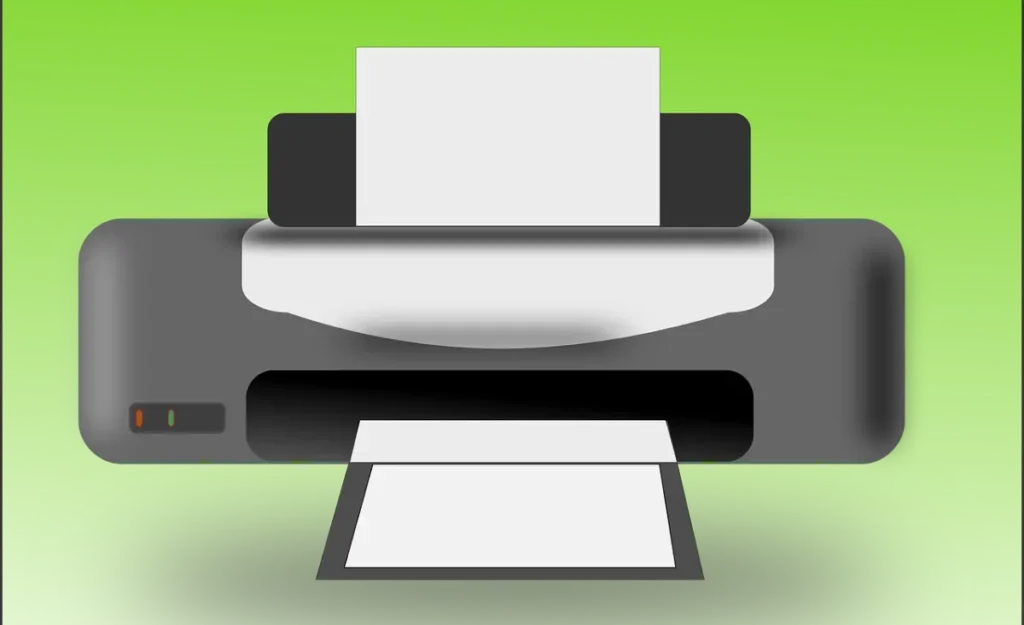Printer Purchasing Guide: Finding the Perfect Printer for Your Requirements
Having a printer at home or in the office can be incredibly useful in today’s digital age. Whether you need to print documents for work, school, or personal use, selecting the right printer is crucial. With so many options available, it can be overwhelming to make a decision. Here are some factors to consider when choosing a printer:
1. Printing Needs: Determine how frequently you need to print and what types of documents you typically print. If your printing needs are occasional and primarily consist of text documents, a more affordable printer may suffice. However, if you print frequently or require high-quality photos or graphics, you’ll need a printer that can handle those demands.
2. Budget: Set a budget before you start your search to ensure you find a printer that fits within your financial constraints. Printers can range from a few hundred to several thousand dollars, so it’s important to know your budgetary limits.
3. Required Features: Consider the additional features you may need, such as wireless printing, scanning, or copying. These features can enhance your printer’s functionality, but keep in mind that they may also increase the price.
4. Size and Portability: Assess the available space where you plan to keep the printer. If you have limited space or need to move the printer frequently, opt for a compact and lightweight model that is easy to transport.
5. Ink or Toner: When choosing a printer, it’s important to consider the type of consumables it uses, namely ink or toner. Understanding the differences between inkjet and laser printers will help you make an informed decision:
– Inkjet Printers: Inkjet printers are a popular choice for home users and small businesses. They use liquid ink cartridges that are sprayed onto the paper through tiny nozzles. Inkjet printers excel at producing high-quality color prints and are suitable for printing photos, graphics, and documents with vivid color details. However, it’s worth noting that inkjet printers may be slower compared to laser printers, and the cost of replacing ink cartridges can add up over time, especially if you print frequently.
– Laser Printers: Laser printers are often preferred in office environments and for heavy-duty printing requirements. They utilize toner cartridges that contain a fine powder. Laser technology involves static electricity and heat to fuse the toner onto the paper, resulting in fast and precise printing. Laser printers are known for their sharp text output and are more cost-effective when it comes to printing large volumes of black and white documents. While laser printers are generally more expensive upfront, they tend to have a lower cost per page in the long run compared to inkjet printers.
Consider your specific printing needs and budget to determine whether an inkjet or laser printer is the right choice for you. If you primarily print text-based documents and require high-speed and cost-efficient printing, a laser printer might be the better option. On the other hand, if you frequently print color documents or photos that require vibrant and detailed output, an inkjet printer is likely more suitable.
Additionally, it’s important to research and compare the costs of ink or toner replacements for the specific printer models you are considering. Some printers offer high-capacity ink or toner cartridges that can help reduce ongoing printing costs. Understanding the ongoing maintenance and consumable expenses associated with each type of printer will contribute to a well-informed decision.
Taking the time to evaluate the ink or toner aspect of a printer will ensure that you choose a device that aligns with your printing requirements, budget, and desired output quality.
6. Print Quality: Evaluate the print quality of the printer, which can vary depending on the technology and consumables used. If high-quality prints are essential for your needs, prioritize printers that can consistently deliver excellent results.
Once you have considered these factors, you’ll be better equipped to narrow down your options and find the perfect printer for you. Here are a few additional tips to guide your decision-making process:
– Read Reviews: Research and read online reviews of different printers to gain insights into their performance and suitability for your needs.
– Compare Prices: Compare prices from different retailers to ensure you get the best deal possible.
– Consider Used Printers: If you’re on a tight budget, consider purchasing a used printer in good condition. They can often offer significant cost savings compared to new printers.
– Buy from Reputable Retailers: Purchase your printer from reputable retailers to ensure you’re getting a quality product and have access to customer support if needed.
By taking these factors and tips into account, you’ll be well on your way to finding the perfect printer that meets your requirements and enhances your productivity.
I hope you find this helpful!
Adams High Tech

